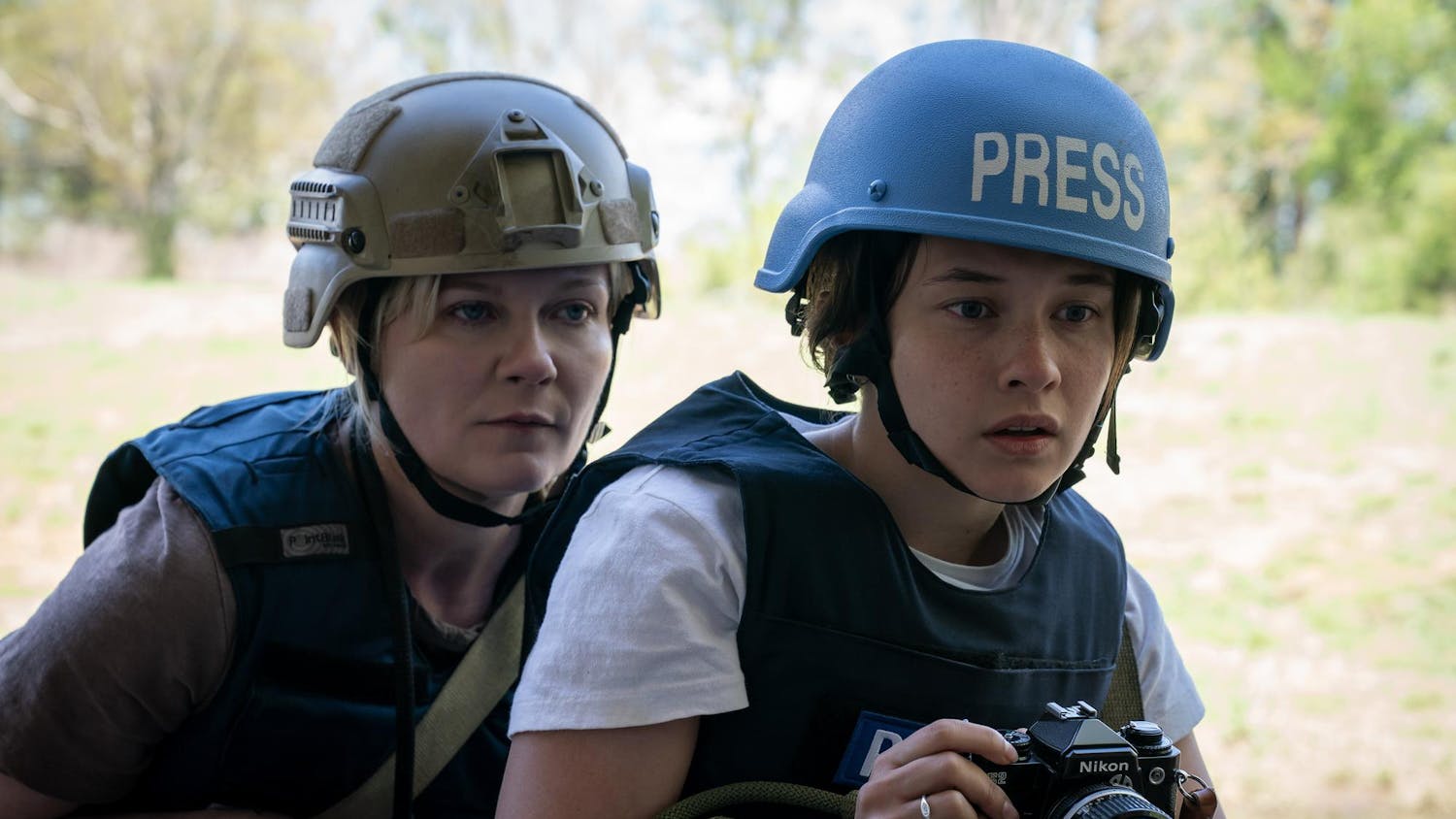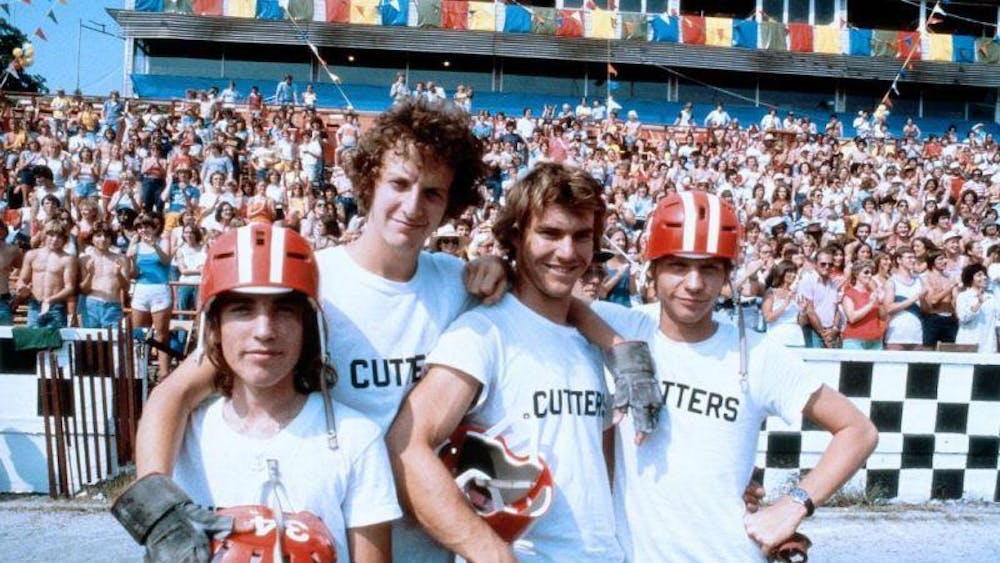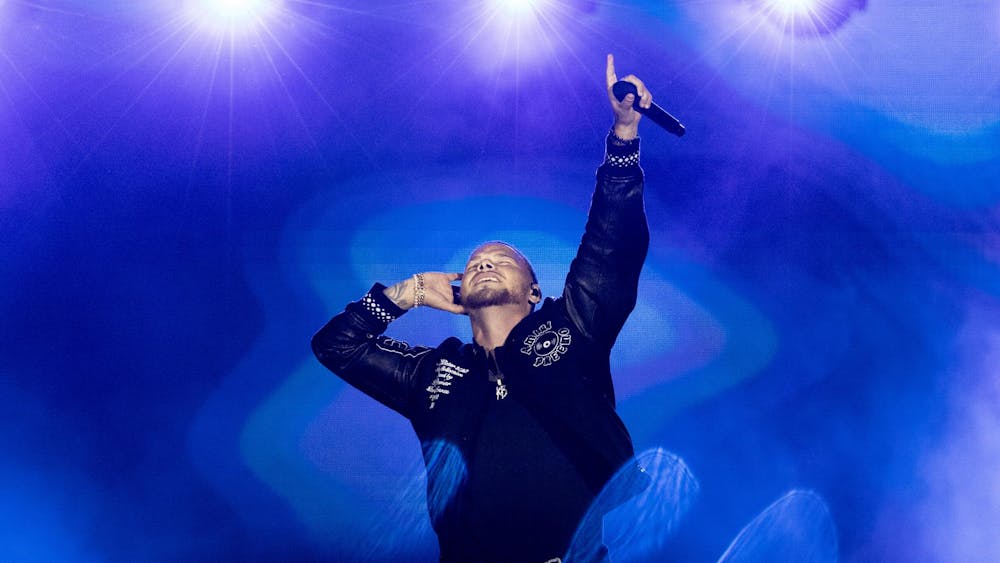NEW ORLEANS -- Renowned blues pianist Henry Butler imagined a human knee as he put his hands against the knots of a tree limb in New Orleans' Audubon Park. Intrigued by the image he could visualize but could not see, the blind musician stepped back, pulled out the camera he's been carrying around for years, and snapped a photograph.\nA blind man as photo artist? Now there's a novel concept -- but not one to be dismissed out of hand, say some who can see just fine and have made their living dealing in art.\n"It's amazing to me how he does what he does," says Jonathan Ferrara, whose downtown New Orleans gallery showcases an array of paintings and photographs. "It's very intuitive and there's almost a surreal quality to it. I mean, a blind photographer?"\nThe two tree limbs were among the nearly three dozen Butler photos that made up an exhibit at Ferrara's gallery earlier this month called "How Eye See It." And from the angle and distance at which they were captured, some viewers saw a resemblance between the two tree limbs and human leg, one slightly bent \nat the knee.\n"It defies reason that these photos would be good, but they are because there is a thought-out composition," Ferrara says. "There is an editing process that goes into it and a quality factor. The images are pretty good and there's also the diversity: nature shots, people images, Mardi Gras-type images."\nButler has displayed his photos periodically around the country, usually at music events. However, his works have not previously been the marquee exhibit in a commercial gallery, and rarely have his pictures been critically reviewed. Professional photographers are mixed about Butler's work, saying that while some shots are ridiculous, others are "actually pretty good." His work was exhibited at Ferrara's because of the New Orleans Jazz and Heritage Festival earlier this month, where Butler performed.\nButler at times has a sighted assistant help him with matters such as aiming the camera as well as developing and editing the photos. But it's Butler who chooses the subjects, takes the actual pictures and makes editing decisions based on what the assistants say. He started with film but now primarily uses digital cameras.\nAnd he doesn't really care what others think, even if he stands to gain a little extra cash from the photos, priced from $325 to $800.\n"I didn't start doing this for anybody else and I didn't start doing it to earn a living. My main thing is music," says Butler, who wears black wraparound glasses and a black felt, narrow-rimmed hat that do not obscure his wide, \nebullient smile.\nWhen he talks in his booming, baritone voice, his words are well enunciated and at a deliberate pace, as if he's reflecting carefully about each sentence. He comes off as kind of a deep, philosophical thinker -- one with huge, Herculean hands that pound the piano keys and make an octave seem tiny.\nHe began his photography hobby in 1984, while living in Los Angeles, where his musical career included consulting on talent development for Stevie Wonder and Motown Records. There, he periodically attended art exhibits with friends, who would try to describe the \nfeatured works.\n"I could grasp what they were saying intellectually, but I felt this emptiness like I wasn't getting everything," Butler recalls. "Now I feel a part of at least making some visual art. ... I know I probably won't be able to get the total picture, so to speak, because I'm still not seeing it. But at least I'm feeling more of what photographers feel when taking pictures and I know some of reasons why they want to take pictures in the first place."\nThere's a series of photographs Butler shot of filmmaker Woody Allen playing clarinet. It captures Allen in a variety of posses and expressions and looks as if a sighted person took them. Other photos clearly were guided by senses other than sight. One of a Mardi Gras reveler captures only the top half of a head, but in doing so brings the focus to the subject's smiling eyes and the hanging strands of braids that frame the individual's tall \nforehead.\n"I thought the eyes were enough," to keep the photo as part of his collection, Butler says. "Sometimes when I've taken a photo, the head is cut off, but as I'm listing to people describing things in the image, I think, 'This still has some value.'"\nAnother photo captures a woman's upper torso, which happened to be adorned with dozens of jingling keys that were part of her Mardi Gras costume. A man with a painted blue face has positioned his head behind her shoulder as if to pose for a photo that he expected would turn out as head shots of the pair. But it was the keys that had Butler's attention and dominate the photograph, while all that's visible of the man is his blue-painted chin and lower lip.\n"You almost have to look at it as conceptual art. It's not just about images but about what he's doing," Ferrara says. "And let's be frank. If the work wasn't any good, I wouldn't be showing it. It's not a gimmick, I don't have that kind of gallery."\nButler also enjoys photographing landscapes at sunset. One captures soft, reflected light from train rails that arch slightly as they disappear into a silhouetted tree line backlit by glow of the descending sun.\nWhile many who can see love sunsets for their color, such as the orange, pink and red hues that emerge at that time of day, Butler's inspiration is a little different.\n"Sunset denotes a change in energy. ... While I'm standing out there, it's definitely more obvious. The feeling against my face is different, you feel less invasive light, changing heat and energy against the face and body," Butler says. "Each phase of that can be interesting to capture, especially if you're near a big body of water or some object that helps to reflect the light energy"
Blind blues pianist Henry Butler doubles as photo artist
Musician relies on other senses to choose his subjects
Get stories like this in your inbox
Subscribe





